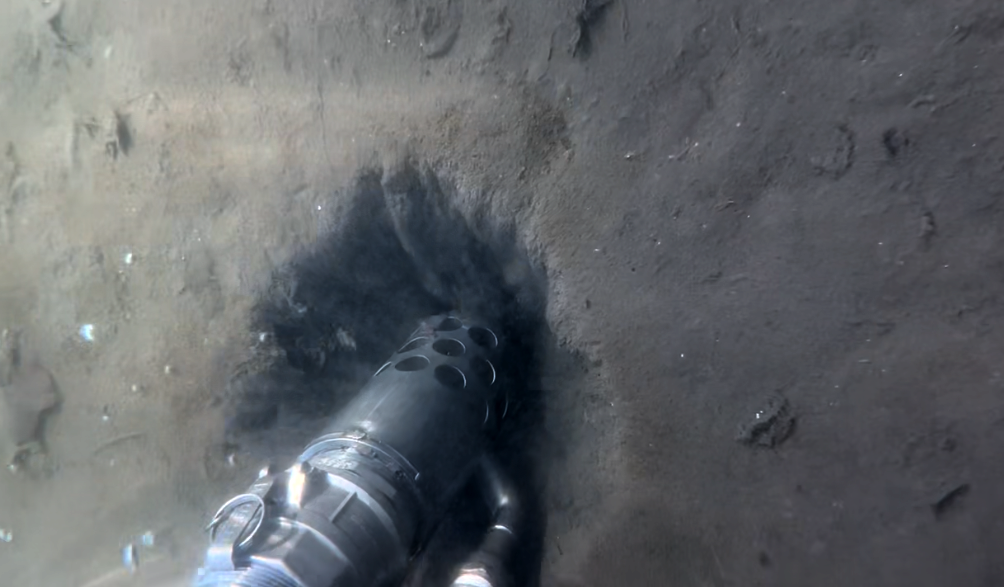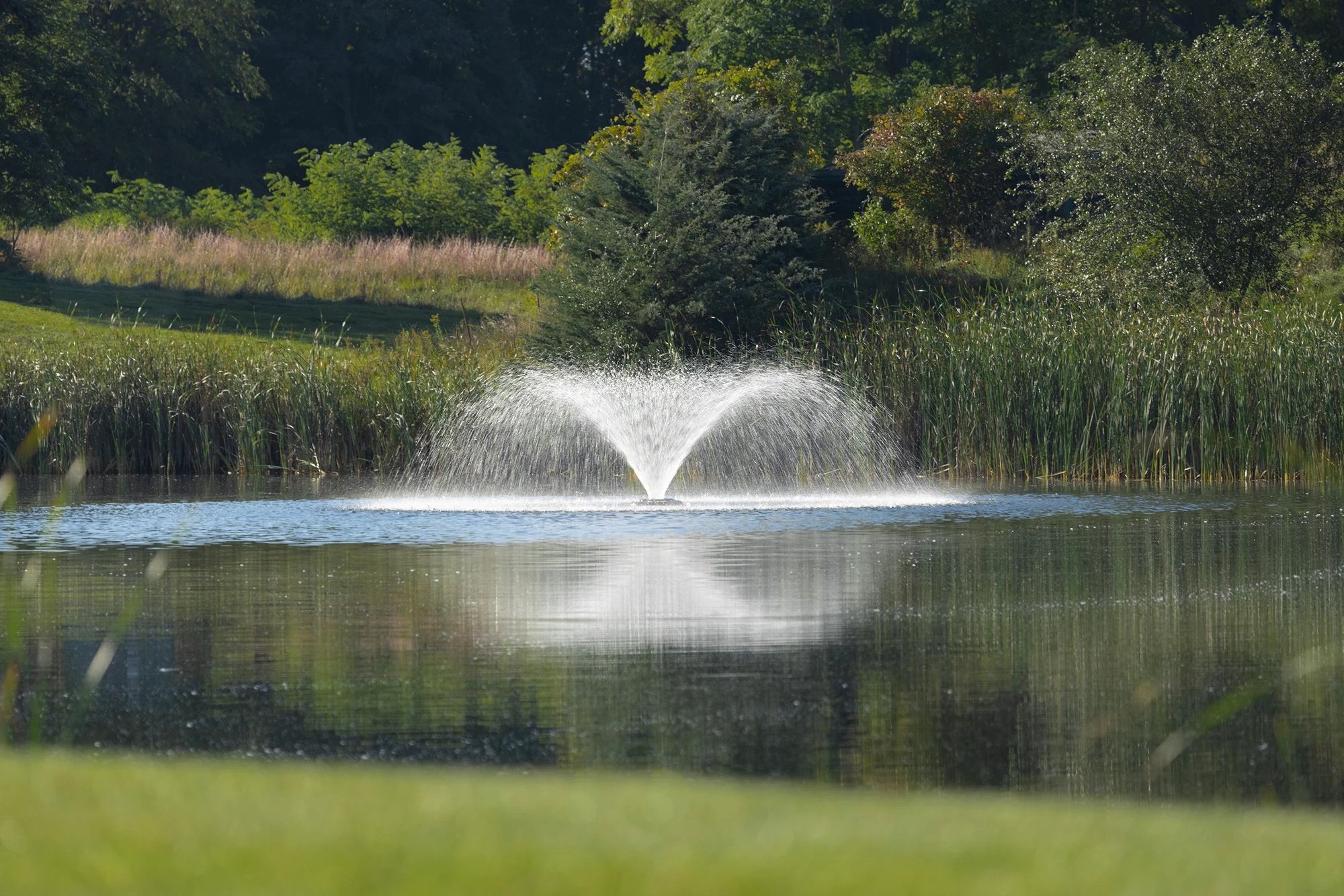
If your pond feels shallower, murkier, or harder to maintain, it may be time to consider lake and pond dredging services. Over the years, ponds collect sediment, organic matter, and nutrient-rich muck from stormwater runoff and shoreline erosion. This buildup not only fuels algae growth and invasive plants, but it also reduces storage capacity and raises risks of flooding and erosion.
While dredging can be performed at different times of the year, fall is often the most efficient season for restoring depth and protecting aquatic habitats. This guide covers how dredging works, why fall is the ideal window, and proactive steps you can take to prolong the life of your pond.
What Is Pond Dredging?
Sediment and sludge naturally accumulate at the bottom of lakes and ponds. Over time, this “muck” decreases water depth, clouds water, and traps excess nutrients that degrade water quality.
Pond dredging is the process of removing this unwanted material to restore water volume, improve clarity, and create healthier aquatic conditions.
At Water & Wetland, we often recommend hydraulic dredging for its efficiency and low environmental impact. This method uses specialized pumps to safely remove sediment without draining the pond or damaging shorelines—making it the preferred choice for long-term aquatic habitat management.
Benefits of Hydraulic Dredging
- Restores Depth & Volume: Clears sediment and organic debris, bringing back usable pond space.
- Improves Water Quality: Removes nutrient-rich muck that feeds algae blooms.
- Supports Fish & Wildlife: Restores fish habitat by reducing accumulated muck.
- Enhances Property & Recreation: Promotes cleaner water for fishing, boating, and aesthetics.
- Extends Pond Life: Slows natural aging and delays costly reconstruction.
5 Reasons Why Fall is Best for Pond Dredging
- Cooler Water
Cool water temperatures reduce fish stress and stabilize oxygen levels during dredging. - Less Interruption to Recreation
By fall, most swimming and boating seasons have ended, minimizing disruption. - Ideal Sediment Removal Conditions
Fall’s lower rainfall and stable water levels improve dredging efficiency and help protect banks from erosion. - Prepares Pond for Winter & Spring
Removing excess muck in fall reduces oxygen demand under ice, lowers risk of fish kills, and sets up clearer water for spring. - Greater Contractor Availability
With peak summer demand behind, fall often provides better scheduling flexibility.
Proactive Pond Care to Delay Future Dredging
Dredging is a valuable investment—but combining it with preventative pond management can extend the benefits.
- Control Runoff Nutrients: Install native shoreline buffers and limit fertilizer use.
- Stabilize Shorelines: Use plants, rock, or bioengineering to reduce erosion.
- Aeration Systems: Keep water circulating to promote beneficial bacteria and the natural break down of organic material.
- Routine Maintenance Dredging: Targeting high use areas with small-scale dredging projects can prevent the need for large, costly dredging.
Final Thoughts
Pond dredging in the fall is one of the most effective steps you can take to restore depth, improve water quality, and maintain a healthy ecosystem.
With hydraulic dredging and proactive pond care, you can ensure the compliance, enhance recreation, and extend the lifespan of your waterbody.
If your pond is showing signs of sediment buildup, algae problems, or declining water quality, Water & Wetland, Inc. can provide the right solution this fall.
About Water & Wetland, A Jones Lake Management Partner
Water & Wetland is a trusted expert in lake, pond, and wetland management, providing innovative and environmentally responsible solutions to control invasive species, restore shorelines, and improve water quality. As a Jones Lake Management Partner, we serve HOAs, golf courses, municipalities, and private landowners with customized lake and pond management plans designed to promote long-term ecological health. We understand the importance of proper permitting and regulatory compliance, ensuring that all projects meet local, state, and federal environmental standards. With a commitment to sustainability and science-based practices, Water & Wetland helps clients maintain thriving, well-balanced waterbodies.
